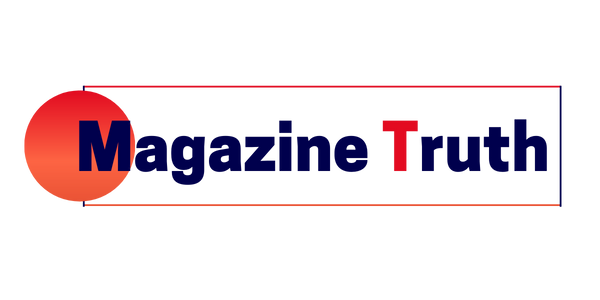How Do You Define Metadata in a Business Context?

Metadata is often thought of as data about data. It is essentially the information that describes and identifies the various elements of a dataset. This information can include the title of a file, the date it was created, the author, and other descriptive information.
Why is metadata important?

Metadata is important because it helps us to understand and locate data. Metadata can include information about the data’s structure and how it is formatted. This information can be helpful when we are trying to find a particular dataset or when we are trying to understand how the data is organized. Metadata can also include information about the data’s source, which can be helpful when we are trying to verify the data’s accuracy.
How is metadata used in business?
In a business context, you can define metadata as essential for managing and understanding data. Metadata can help you track changes to data over time. If you’re using a data warehouse, for example, you can use metadata to understand how data is related to other data. This can help you improve your data analysis and reporting.
Metadata can also be used to improve search results. When you search for data, the metadata can help you find the right data quickly and easily. For example, if you are looking for a specific file, the metadata can help you find it quickly. If you are looking for a file that has been changed recently, the metadata can help you find it quickly. If you are looking for a file that is similar to another file, the metadata can help you find it quickly.
Metadata can also be used to improve the search results for electronic documents. When you search for a document, the metadata can help you find the right document quickly and easily. If you are looking for a document that is similar to another document, the metadata can help you find it quickly.
What are some metadata best practices?

When it comes to metadata, there are a few best practices that businesses should keep in mind. First, metadata should be consistent. This means that if you have multiple fields for the same type of information (such as author, title, and genre), the information in those fields should be the same across all of your files. Second, metadata should be accurate. This means that if you include information in your metadata, it should be correct. Finally, metadata should be up to date. This means that if you make changes to your files, you should update the metadata to reflect those changes.
There are many benefits to following these best practices. First, consistent metadata makes it easier for people to find your files. If the information in your metadata is the same across all of your files, people can search for it more easily. Second, accurate metadata makes it easier for people to understand your files. If the information in your metadata is correct, people will be able to get a better understanding of what your files are about. Finally, up-to-date metadata makes it easier for people to keep track of changes to your files. If you update the metadata to reflect changes to your files, people will be able to see what has changed and why.
Following these best practices can help your business to run more efficiently and effectively. By making it easier for people to find and understand your files, you can improve communication and collaboration within your organization. Additionally, by keeping your metadata up to date, you can ensure that people always have the most current information about your files.
Metadata is important in a business context because it can help to improve organizational efficiency, as well as enhance communication and collaboration. Altogether, metadata can play a key role in improving business operations and helping organizations to achieve their goals.





